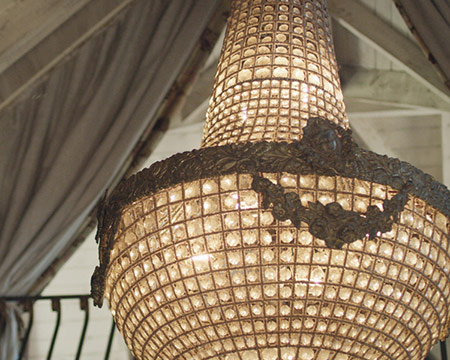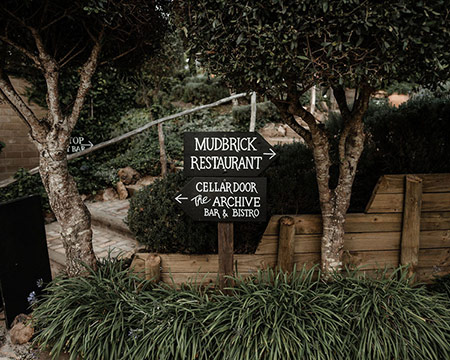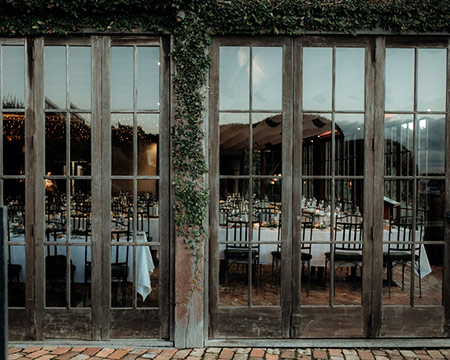








+64 9 372 9050 [email protected]
126 Church Bay Road Oneroa, Waiheke, New Zealand

by Diana Hawkins
Is a question our Cellar Door team receives on a weekly basis in the busy summer months. Sulphites are a large category of naturally occurring sulphur compounds that are commonly found in wine. The one people are usually referring to with this question is sulphur dioxide (SO2). SO2 is used by winemakers to prevent oxidation and unwanted microbes from ruining the wine. It is also used in other foodstuffs and is present in everything from jam to French fries to dried fruit – items that often contain far more SO2 than wine.

Some people with asthma (3-10%) are allergic to SO2, which is why “Contains Sulphites” is printed on wine labels and, in New Zealand, it’s listed as “preservative 220 – 228” in the ingredients list of certain foods. However, these hypersensitive people experience respiratory problems instead of the headaches, nausea, congestion, and host of other symptoms falsely attributed to SO2. That said, some people really do experience ill effects when drinking wine – it’s just not caused by sulphites. Sugar, tannins, alcohol, and dehydration have all been put forth as potential causes for the dreaded “wine headache,” but Biogenic Amines (BAs) are much more likely.
BAs are chemical compounds that are produced by microorganisms and the most well known of this group are histamine, which can cause flushing and congestion, and tyramine, which can cause headaches and migraines. BAs are present in most fermented foods and beverages (wine, cheese, cured meats, soy sauce, etc.) and can cause the myriad of symptoms previously attributed to SO2. The good news is our body has a natural process for removing BAs from our system, but the bad news is alcohol prevents this process from occurring. Also, BAs can build up in your system so having wine with BA rich foods, like cheese, means you’re more likely to have adverse effects than if you just had wine or cheese on its own.
Like with most things, everyone has their own individual sensitivity to BAs and no two people will experience the same symptoms. More research is being done into BAs, but doing things like drinking water and avoiding BA rich foods can help. What’s interesting is wines made with SO2 actually have less BAs than wines made without. This is because SO2 is an anti-microbial and, when added at the right time in the winemaking process, essentially kills the microorganisms producing BAs in the first place.
So, while Mudbrick wines do contain sulphites, chances are that’s not what’s causing your headache.
Sources and further reading: